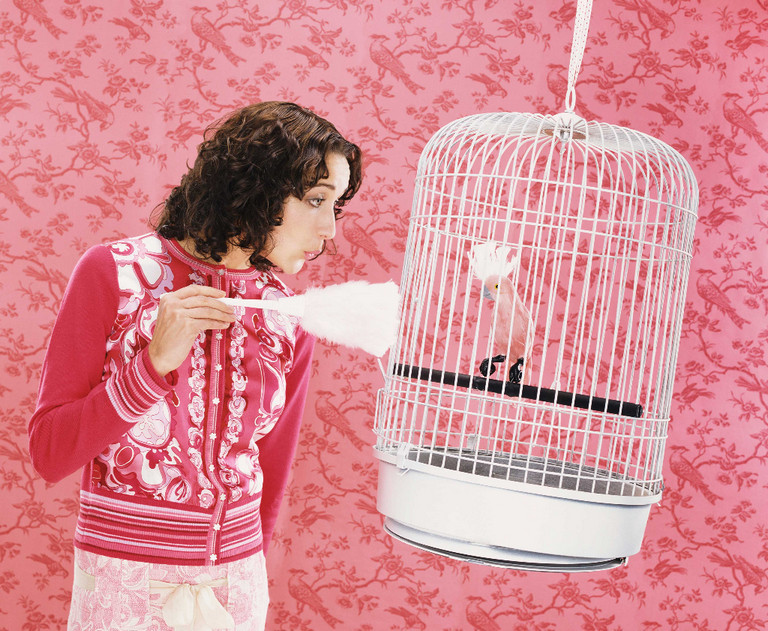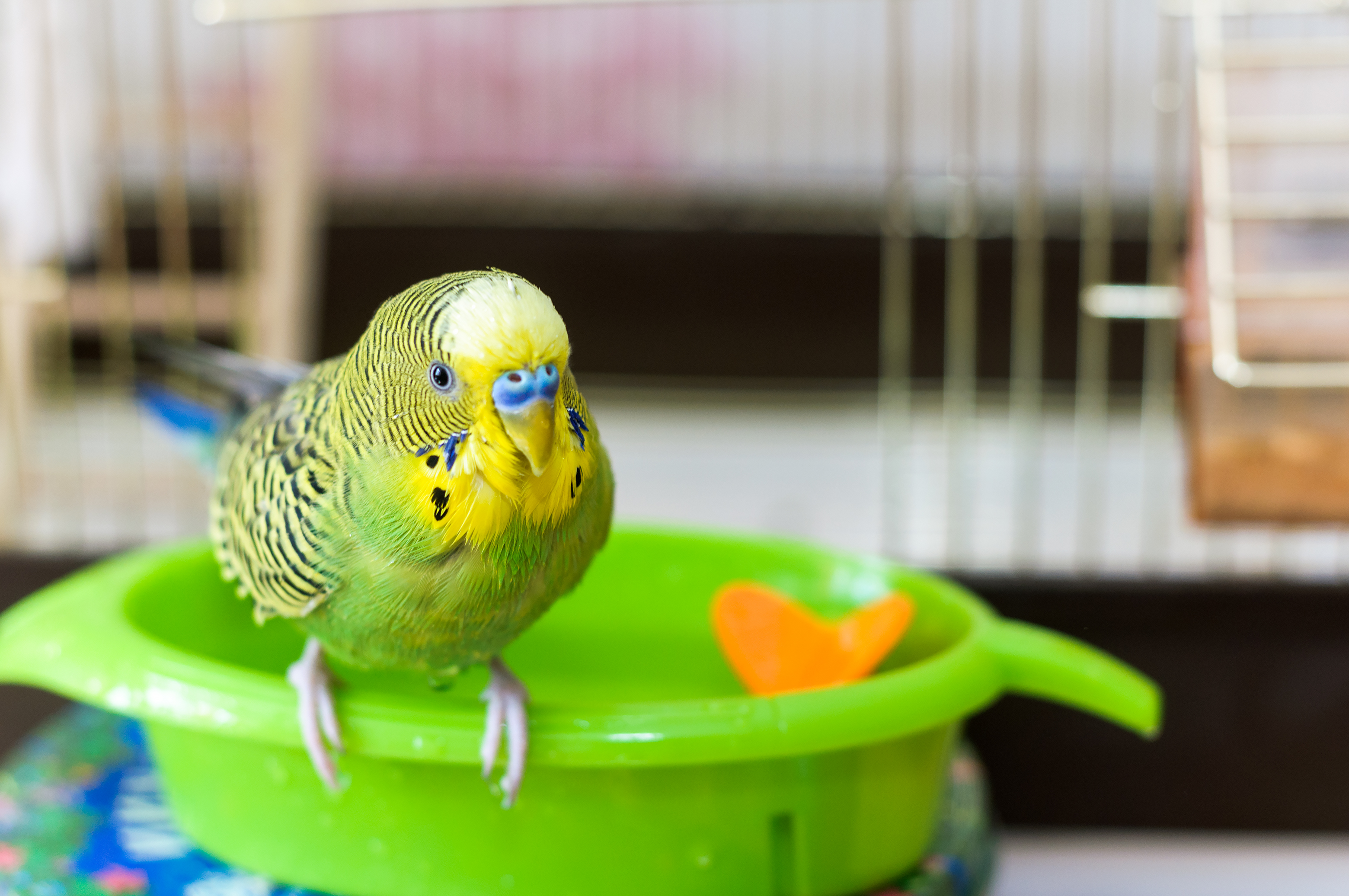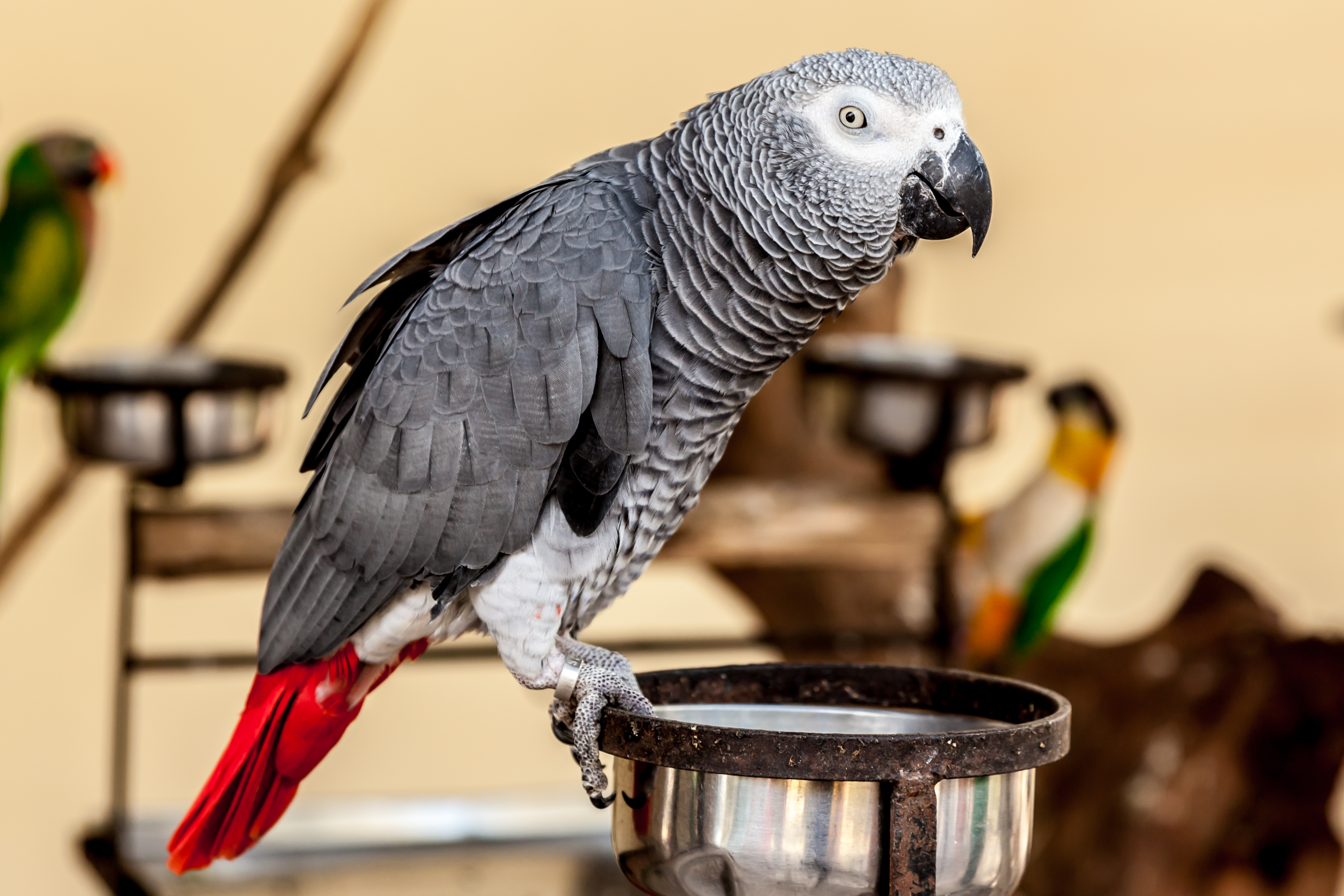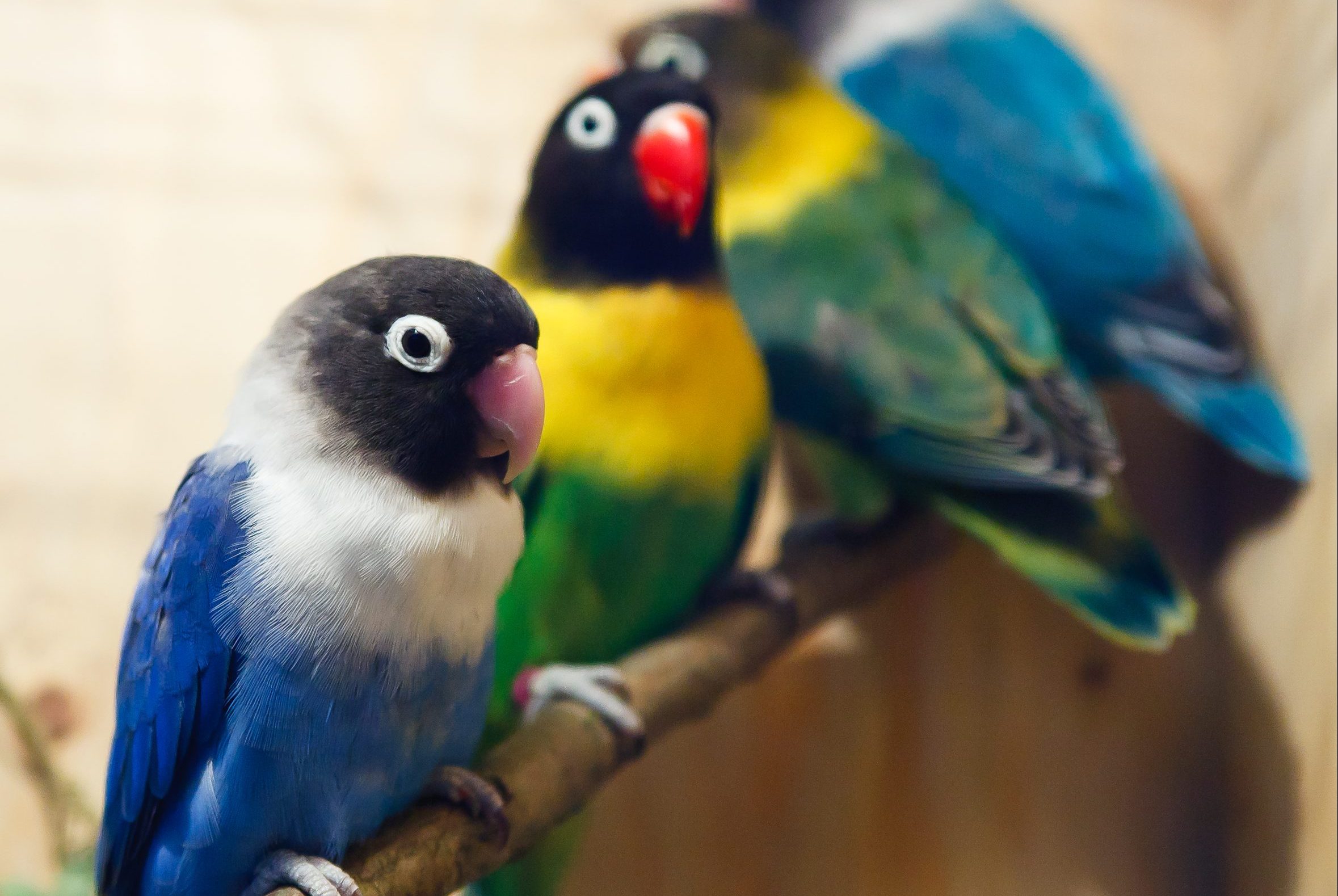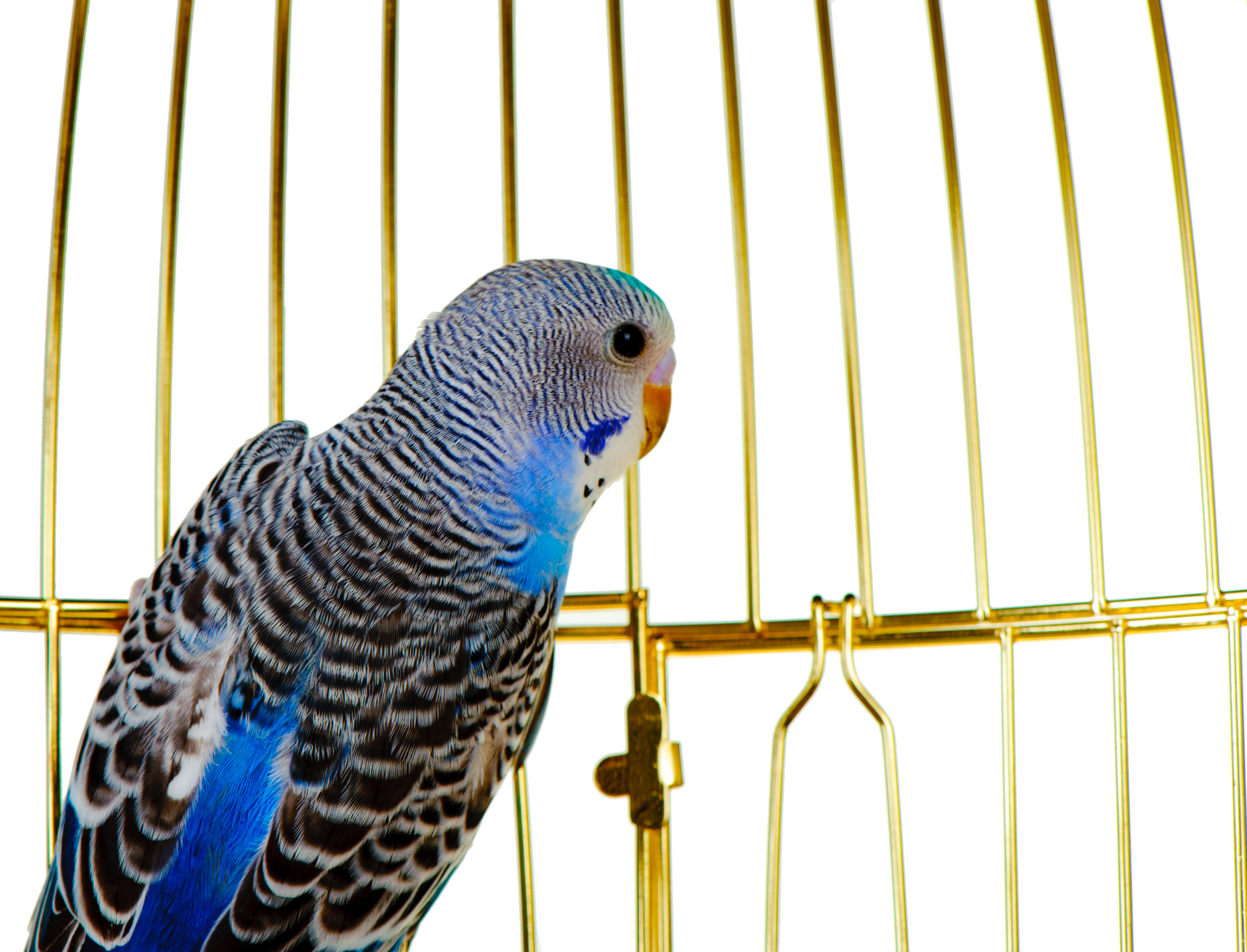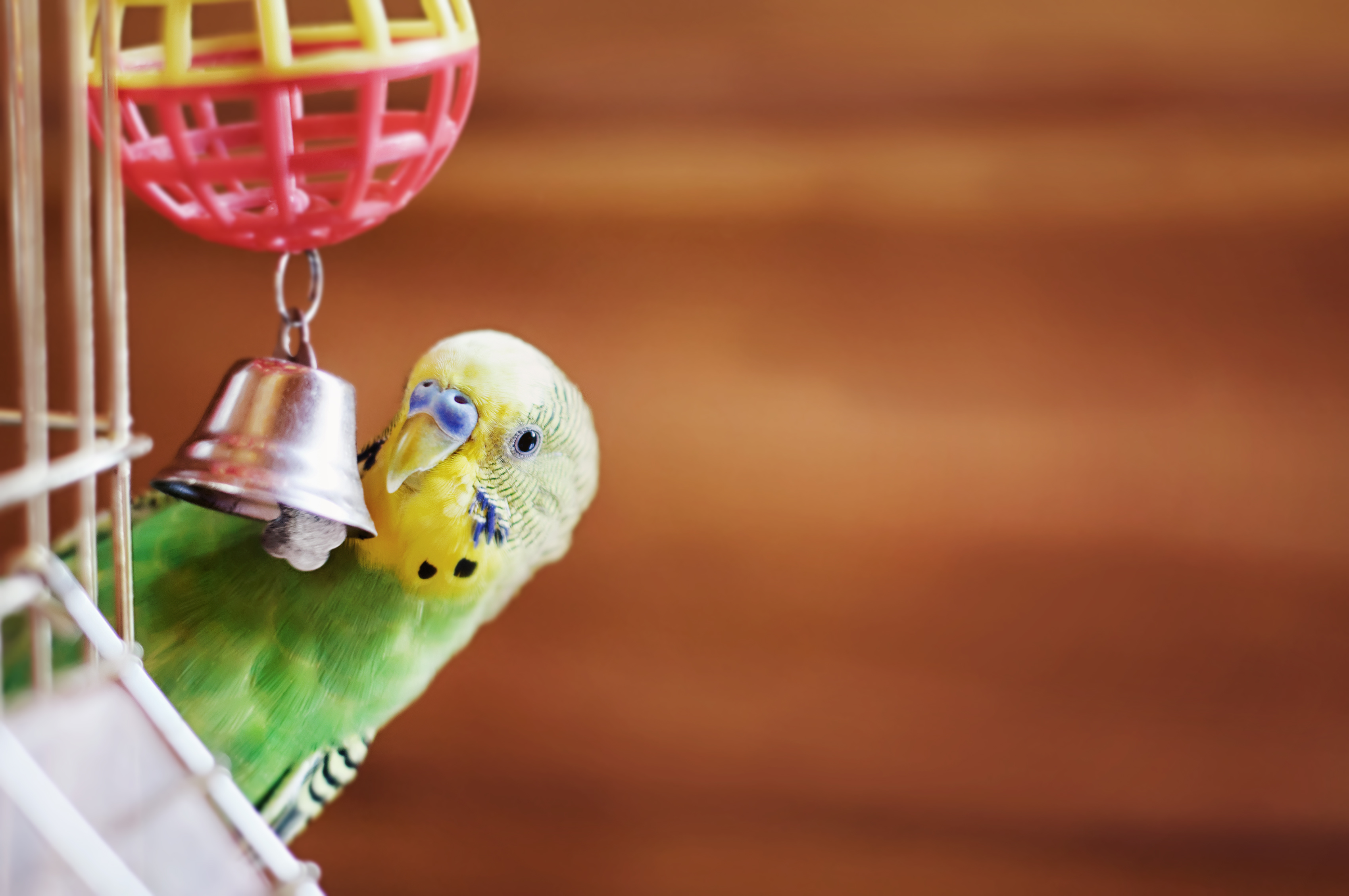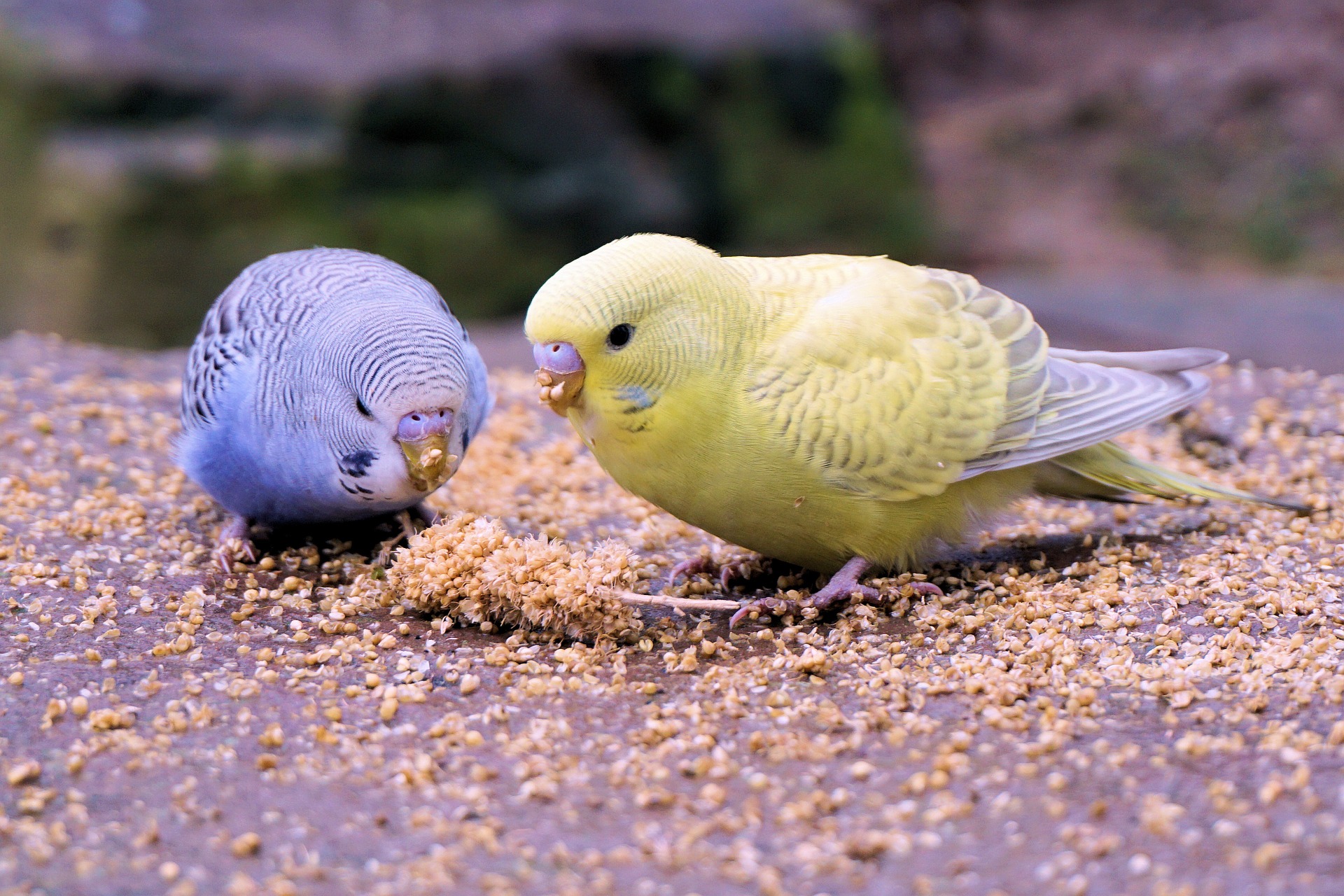A Clean Home Is a Happy Home
Pet Age Staff //August 1, 2013//
There’s no doubt about it, bird cages can get messy. And, it can happen pretty quickly, causing customers who own a bird to look for quick and easy cleaning solutions.
“I am not one that likes to clean my house but I like a clean house,” Mary Ellen Kaminski, merchandising manager for Drs. Foster and Smith, said. “So I find products that make my job easier so I can get it done quickly and efficiently … and done regularly. This same thing can be said about cleaning your bird’s cage.” 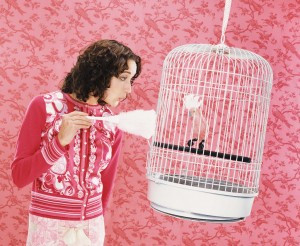
To stay ahead of the mess, they need to start with the basics.
Recommend that customers purchase a cage that features a removable bottom tray and that can be taken apart to clean each piece individually.
Prevue Pet, a leader in cage production, offers many varieties which make cleaning and disinfecting a breeze.
“Our bird homes are designed with the ease of cleaning in mind, and depending on the cage model, can come with many different features that aid in both mess control and ease of cleaning,” Jason Savitt, president of Prevue Pet Products, said.
Line the Bottom
In addition to an easily cleanable cage, cage liners are a simple way to keep the bird’s cage clean and fresh on a day to day basis. After disinfecting the removable cage tray, liners may be stacked one on top of the other for easy removal during daily cleaning.
“Prevue sells several products to aid in the cleaning process, including Prevue’s #109 Cage Cleaning Pad (will not harm the cage’s finish), or our T3 Cage Liner Paper” he said.
The T3 Cage Liners are suited for birds and cages of all sizes, and features an anti-microbial layer which makes cleaning simple and sanitary.
Drs. Foster and Smith carry different pre-cut sizes to fit any cage, which for a retailer can save shelf space.
Another popular product is their waxed paper liners. These liners are hypoallergenic and will not cause a problem if accidentally swallowed during foraging.
Cage liners are good for daily upkeep since they are easier to change than a litter tray, and do not create dust.
Breathing Clean Air
During weekly cleanings, it is recommended to remove all accessories from the cage to soak, as well as removing the cage bars from the base to disinfect as well, but extreme care must be taken when cleaning with solutions.
“The respiratory system of a bird is much more efficient and therefore sensitive than a mammal, and a scent that will not harm you or your other pets can kill a bird,” Donna Garrou, owner of Bird Stuff in Orange, Calif. said.
Since birds are extremely sensitive to the toxins found in household cleaning solutions, using specific avian cleaning products will keep a bird safe during routine cleaning – a point that should be stressed to customers.
Erik Christopher, president of Mango Pet Products, Inc., offers Pet Focus Avian and Cage Disinfectant in his Rhode Island store.
“Pet Focus Avian and Cage Disinfectant is considered by avian vets, birds stores and households to be the most complete avian and pet care disinfectant available,” he said. “It differs from other products in that number one, it is a disinfectant, but in addition, it has cleaner and deodorant properties.”
Pet Focus is available in a ready-to-use or concentrated formula and is effective in killing over 50 pathogens.
“It prevents against cross-contamination with a stabilized system cleaning curve,” Christopher said. “It can be used on any surface and once it has air dried, is non-toxic, so rinsing is not necessary. Once they try Pet Focus, whether it is for its disinfectant qualities, cleaner or deodorant properties, pet shops are expected to have repeat customers for this product. It is a great tag-on item in pet shops or at the veterinary retail center.”
Another popular cleaning product is F10SC.
This is a veterinary/hospital grade disinfectant used in clinics, zoos and breeding facilities. F10SC can be used on all accessories within the cage, such as water bowls, toys, and perches.
Toys can be soaked in the disinfectant, or the product can be poured into a spray bottle and misted throughout the room to kill airborne microbes and prevent cross contamination. This product is effective in cleaning the bird’s living quarters without risking harm to humans or birds. F10SC can be sprayed directly onto surfaces without having to rinse off afterward, leaving no harmful residue.
“Again, the number one factor in cleaning a pet bird’s mess is controlling it,” Savitt said.
Controlling the mess by housing a bird in an easy to clean cage, as well as using liners and avian disinfectants, will insure that the bird’s living space is a healthy environment for them to live.
– Erin Salley
